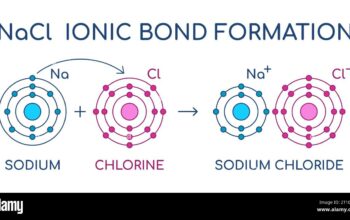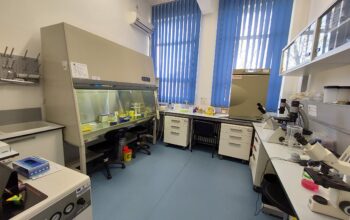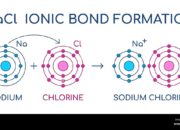To grasp the intricacies of dye lasers, one must traverse the realm of photonics, where light manipulation holds the key to revolutionary applications in multiple fields, from medicine to telecommunications. The fundamental operating principle of a dye laser revolves around the concept of stimulated emission from dye molecules, leading to coherent light output. Unlike traditional solid-state lasers, dye lasers utilize organic dye solutions as gain media, providing a remarkable tunability of wavelengths, which can shift across vast spectral ranges.
The heart of a dye laser is its gain medium, typically composed of an organic dye dissolved in either a solvent or polymer matrix. These dyestuffs—molecules capable of absorbing light at specific wavelengths—serve as the foundation for the lasing process. When properly energized, the dye molecules enter an excited state, leading to the potential for stimulated emission. This phenomenon occurs when an excited electron returns to its ground state, emitting a photon in the process. Importantly, the emitted photon is of identical energy and phase as the stimulating photon, leading to the characteristic coherence of laser light.
One of the most intriguing characteristics of dye lasers is their tunability. The emission wavelength can be varied widely by selecting different dyes or by adjusting the parameters of the laser setup. The choice of dye directly influences the spectral output due to the distinct absorption and emission profiles associated with each dye. For instance, common dyes like Rhodamine 6G and Coumarin 460 present diverse emission spectra, thereby enabling a range of applications from fluorescence microscopy to spectroscopy.
The concept of optical pumping is central to initiating the lasing action within a dye laser. Typically, this is achieved through the use of flashlamps or other light sources capable of delivering a brief but intense burst of energy. Optical pumping excites a substantial fraction of dye molecules to their higher energy states, setting the stage for a cascade of stimulated emissions. This process underscores the significance of coherent light; as photons interact with other excited molecules, a chain reaction ensues, dramatically amplifying the light intensity and producing the characteristic laser output.
The configuration of the dye laser is often considered a resonant cavity, comprising two mirrors positioned at each end of the gain medium. The first mirror is partially reflective, allowing some of the amplified light to escape as the output beam. The second mirror, typically fully reflective, serves to enhance the light interaction within the gain medium, fostering further stimulated emissions. The alignment and quality of these mirrors are critical—any deviation can lead to substantial losses or inefficient lasing.
Furthermore, the stabilizing mechanisms incorporated into dye laser systems cannot be overstated. Variations in temperature, solvent composition, and dye concentration can trigger fluctuations in output wavelength and intensity. To mitigate such instabilities, advanced systems employ techniques such as feedback loops or wavelength selection via optical elements, including prisms or gratings, which refine the output to highly specific frequencies. This astounding level of control heightens the appeal of dye lasers in applications demanding precision.
Despite their advantages, dye lasers come with certain limitations and challenges. The transient nature of dye molecules can ultimately lead to degradation, particularly under high-energy excitation. Consequently, dye lasers necessitate careful management of dye concentration and solvent choices. Furthermore, handling and disposing of organic dyes presents environmental and safety concerns, compelling researchers and engineers to explore greener alternatives to traditional dye solutions. Novel approaches, including the investigation of biocompatible dyes, are currently under development to expand the utility of dye lasers while minimizing ecological impact.
In the context of applications, dye lasers have secured their place across various scientific disciplines. Their tunability makes them ideal for spectroscopic analyses, where researchers can selectively excite specific molecular transitions within samples. In biological research, dye lasers have found critical roles in fluorescence microscopy and imaging techniques, enabling scientists to visualize cellular processes with unprecedented clarity. Moreover, their applications are not restricted to laboratory settings; industrial uses, such as in laser engraving or material processing, exemplify the versatility of dye lasers in practical environments.
The evolution of dye lasers continues to promise innovations in numerous fields, particularly as advances in material science embrace next-generation laser concepts. Emerging technologies exploring the realm of hybrid lasers, which synergize the properties of dye lasers with solid-state counterparts, hold the potential to transcend existing limitations, enhancing performance and broaden applications. These developments exhibit the dynamism inherent to laser technology, constantly pushing the boundaries of what is conceivable in photonics.
In conclusion, the operational intricacies of dye lasers reveal a fascinating interplay of chemistry and physics. The ability to manipulate light with precision through the utilization of organic dyes opens new pathways for scientific inquiry and technological advancement. As the exploration of this field progresses, one may anticipate not only heightened interest from the academic community but also transformative applications that reshape our understanding and interaction with the world around us. Indeed, the dye laser stands as a testament to human ingenuity and the relentless pursuit of knowledge in the realm of coherent light.












